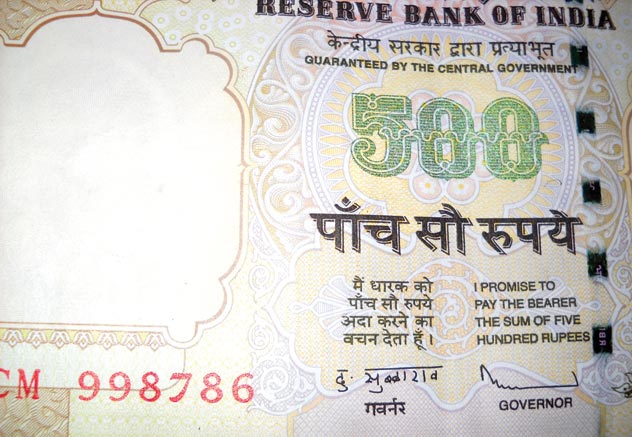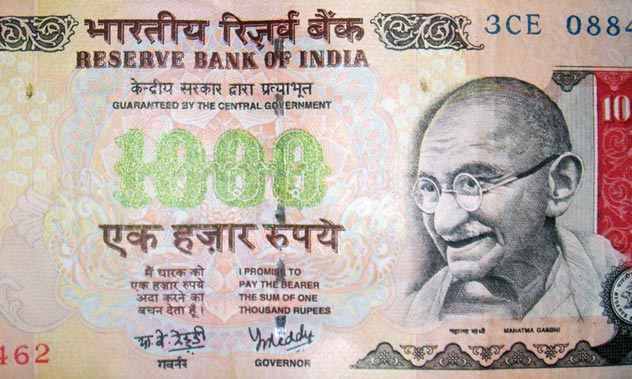|
|
|
ADVERTISEMENTS
|
|
PREMIUM
- HAPPY HOLIDAYS!
- Siliconeer Mobile App - Download Now
- Siliconeer - Multimedia Magazine - email-Subscription
- Avex Funding: Home Loans
- Comcast Xfinity Triple Play Voice - Internet - TV
- AKSHAY PATRA - Bay Area Event - Sat. Dec 6
- Calcoast Mortgage - Home Loans
- New Homes in Silicon Valley: City Ventures - Loden Place - Morgan Hill
- Bombay to Goa Restaurant, Sunnyvale
- Buying, Sellling Real Estate in Fremont, SF Bay Area, CA - Happy Living 4U - Realtor Ashok K. Gupta & Vijay Shah
- Sunnyvale Hindu Temple: December Events
- ARYA Global Cuisine, Cupertino - New Year's Eve Party - Belly Dancing and more
- Bhindi Jewellers - ROLEX
- Dadi Pariwar USA Foundation - Chappan Bhog - Sunnyvale Temple - Nov 16, 2014 - 1 PM
- India Chaat Cuisine, Sunnyvale
- Matrix Insurance Agency: Obamacare - New Healthcare Insurance Policies, Visitors Insurance and more
- New India Bazar: Groceries: Special Sale
- The Chugh Firm - Attorneys and CPAs
- California Temple Schedules
- Christ Church of India - Mela - Bharath to the Bay
- Taste of India - Fremont
- MILAN Indian Cuisine & Milan Sweet Center, Milpitas
- Shiva's Restaurant, Mountain View
- Indian Holiday Options: Vacation in India
- Sakoon Restaurant, Mountain View
- Bombay Garden Restaurants, SF Bay Area
- Law Offices of Mahesh Bajoria - Labor Law
- Sri Venkatesh Bhavan - Pleasanton - South Indian Food
- Alam Accountancy Corporation - Business & Tax Services
- Chaat Paradise, Mountain View & Fremont
- Chaat House, Fremont & Sunnyvale
- Balaji Temple - December Events
- God's Love
- Kids Castle, Newark Fremont: NEW COUPONS
- Pani Puri Company, Santa Clara
- Pandit Parashar (Astrologer)
- Acharya Krishna Kumar Pandey
- Astrologer Mahendra Swamy
- Raj Palace, San Jose: Six Dollars - 10 Samosas
CLASSIFIEDS
MULTIMEDIA VIDEO
|
|
|
|
|
SUBCONTINENT:
Taking on the Black Economy: Scrapping Big Bills
The scrapping of higher denomination (Rs. 500 and Rs. 1,000) bills will not only raise tax revenues, it will put a spanner in the works of India’s black economy, write Amod Kumar and Sandeep Pandey.

(Above): Detail of a 500-rupee note. Scrapping large Indian currency bills would severely handicap India’s corrupt politicians and bureaucrats, say Amod Kumar and Sandeep Pandey.
India’s tax revenues have steadily risen in the last few years. This has been primarily due to three reasons: high growth rate of economy, widening of tax base and use of information and communication technology for better tax collection with transparency, accountability and efficiency. But the government is still looking for ways to generate more revenues.
There is one big opportunity which we are still missing. That is of scrapping the higher denomination (Rs. 500 and Rs. 1,000) bills. This is not a new proposal but we need to rethink about it under changed circumstances with the presence of credit card, net banking, mobile and other IT applications.
The government needs to announce a cut-off date (say March 31 2011), about 2-3 months in advance for scrapping Rs. 500 and 1,000 bills. In this 2-3 months period, people can go to banks (authorized for this purpose) with their existing bills of Rs. 1,000/500 and exchange them for bills of Rs. 100 denomination. All they need to produce there is a valid ID proof. They will be clicked by a camera there and their fingerprints (or IRIS image) will be taken. This will ensure that one person can’t exchange at more than one place using a fake ID. However, with the same ID, one person can change as many times as he wants to during the 2-3 months period.
As a result of this, people will be forced to resort to electronic means of payment for bigger transactions. For example, to buy a jewelry item worth Rs. 200,000, a lady would have to carry 20 bundles of Rs. 100 bills. It means a lot of inconvenience to her. To avoid that, people will resort more to electronic transactions like credit cards, debit cards, direct debit, check payment etc. This will bring more money in the tax net, thereby increasing tax revenues. This only creates inconvenience for people with unaccounted or black money. For a person with hard-earned legal income, there are plenty of electronic means available to make payments.
Political parties and candidates will find it highly difficult to store huge amount of cash for election expenses and to spend it during elections. This will, to a limited extent, also help in cleansing electoral politics. Electoral politics is one of the main reasons for the existence of corruption.

(Above): A 1,000-rupee note. Amod Kumar and Sandeep Pandey propose a government program to ban high-denomination currency notes.
Even during initial exchange period of 2-3 months, it will be very tough for people with black money. Once the scheme is announced, generally people will hesitate in accepting these bills. People with lots of black money will not be able to convert it. If the government wants, it can announce a voluntary disclosure scheme (with a taxation of 50-60 percent) along with this to unearth black money.
It doesn’t affect more than 90 percent of the people of the country who rarely use the bigger bills. It will only affect the corrupt ultra rich 2-3 percent people. It also doesn’t affect people with white money no matter however rich they are. They can easily exchange it initially and also use electronic transaction to do business later on.
Thus, this scheme has the multiple benefits of increasing tax revenues, the size of the white economy and reducing black money and corruption. The size of the black money economy is estimated to be three times that of the white money economy.
No scheme is 100 percent foolproof. This scheme also has its pitfalls. People would start using gold coins or other hawala kind of tokens to make large payments. This may give rise to a parallel illegal currency. But chances of this are slim, as the acceptance of an illegal currency would always be very limited. Even if this happens, it would not be worse than the present situation, where black money is as freely and legally used in the market as white money.
The new scheme will definitely create a lot of inconvenience to people with black money. Many fence sitters may decide not to become corrupt because of this inconvenience in handling black money.
People can use dummies like servants, relatives during the initial exchange period of 2-3 months to convert large amounts of black money. If the duplication check software is not strong or is not properly implemented, then a dummy person with a fake ID can exchange huge sums of money. Proper checks and balances would need to be designed in the scheme to control this. For example, we can put a limit on the maximum amount of exchange allowed per person. Above that amount, he would need to produce his tax returns of last three years.
If one objectively examines this scheme, this is definitely in the national interest, even if it may not be in the interest of highly placed corrupt politicians and bureaucrats. For whatever reasons, even if the government can’t implement it straight away, there is surely a case for further study or research or a committee’s appointment to examine this from all angles.
|
Amod Kumar is a U.P. cadre IAS officer on leave presently working with IntraHealth, a nongovernmental organization. Sandeep Pandey, a Magsaysay Award-winning activist, is Siliconeer’s India editorial consultant.
|
|
|
|
|
|